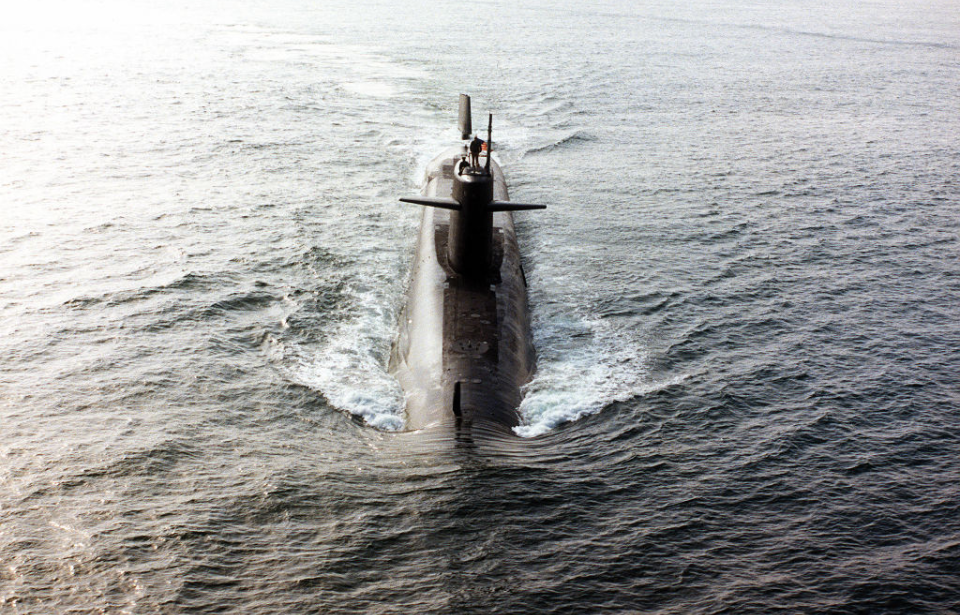Overview of how submarines have developed over the years
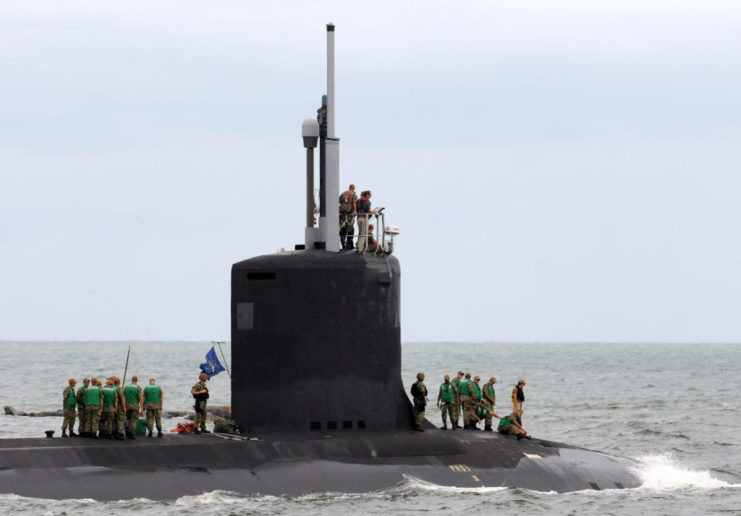
Nuclear-powered submarines integrate nuclear storehouses, launch platforms and weaponry to present an elusive and formidable package. Before the New Strategic Arms Reduction Treaty (START), the US Navy’s 14 Ohio-class ballistic missile submarines were armed with 24 submarine-launched ballistic missiles, each carrying multiple warheads. As per the treaty, each is now limited to a maximum of 20.
Typically, submarines embark on 77-day sea patrols, equipped with a 90-day food supply, before returning to port for just over a month. The Navy’s ballistic missile submarines operate with two alternating crews – Blue and Gold – maximizing their operational efficiency and minimizing the number of vessels deployed.
The inaugural combat submarine, designed during the American Revolution, was the Turtle. This roughly eight-foot spherical vessel held a single individual and was manually powered. Shortly after her development, Turtle executed the world’s first submarine attack by stealthily navigating underwater, penetrating the HMS Eagle (1774) and installing explosives in her hull.
In contemporary times, submarines like the Ohio-class boast an impressive length of 560 feet and a weight exceeding 18,750 tons when submerged. The Navy’s submarine fleet comprises 53 fast-attack submarines, 14 ballistic missile submarines (holding more than half of the American nuclear arsenal) and four guided-missile submarines.
Personnel stationed on these submarines undergo rigorous training, including exercises like Ice Exercise (ICEX) 2022, preparing them to navigate complex and potentially perilous environments. Such training is crucial given the uncertainties associated with serving beneath the ocean’s surface.
What is downtime like inside a submarine?
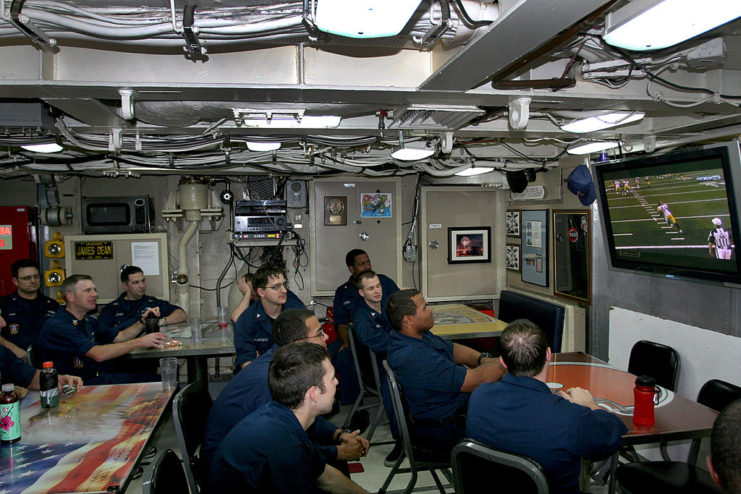
Life aboard a submarine is anything but easy. Like sailors on surface ships, submariners contend with confined spaces, limited room, and restricted food choices. However, unlike surface vessels, submarines lack natural light, and amenities like gyms are specifically designed to minimize noise and lower the risk of detection by other ships.
Despite these difficulties, life on a submarine fosters strong bonds among the crew, often leading to lifelong friendships. Spending months together in such close quarters naturally cultivates camaraderie and teamwork, both of which are critical to accomplishing their mission.
Dealing with deadly weapons onboard the vessel
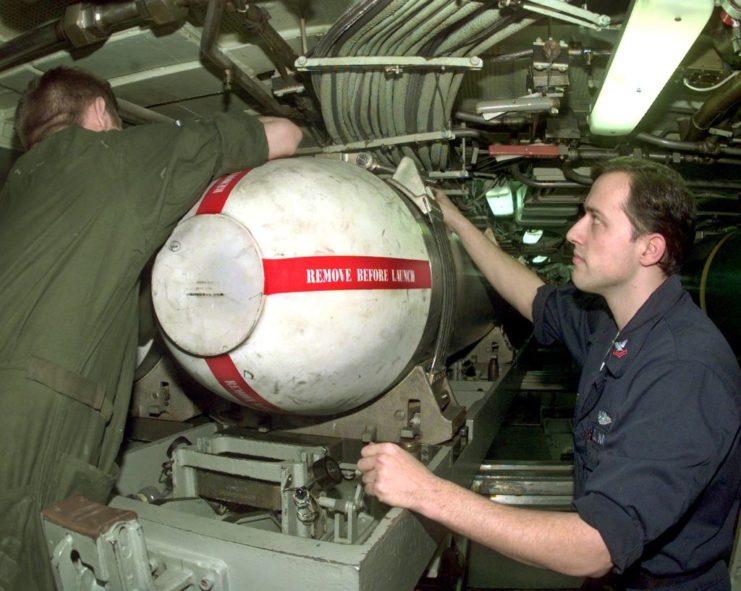
Maintaining weaponry is a vital responsibility for sailors on submarines. While these vessels mainly focus on patrol and reconnaissance missions, their missile systems play a specialized role. The crew must meticulously maintain both the weapons and other equipment to ensure they are ready for immediate deployment.
The US Navy aims to expand its fleet by commissioning up to three Virginia-class fast-attack submarines each year through 2043. Yet, some experts, including former US Submarine Forces Commander Vice Adm. Michael Connor, argue that this goal is inadequate, advocating for an additional 66 submarines to meet the increasing demand for underwater military capability.
Furthermore, the Navy intends to replace its Ohio-class submarines with the new Columbia-class, with the first expected to enter service around 2031.
Submarines play a critical role in deep-sea rescue
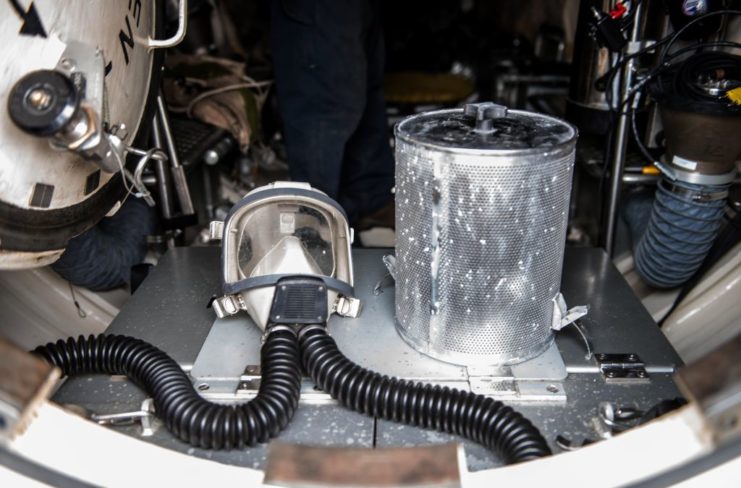
Submarines are not only essential for military operations but are also ideal for deep-sea rescue missions and scientific research, helping to uncover the ocean’s most hidden secrets.
For rescue missions, submarines use deep-submergence rescue vehicles (DSRVs). The DSRVs used by the US Navy are capable of rescuing up to 24 people at depths of up to 600 meters, with a maximum operational depth of 1,500 meters.
These vehicles can be transported in a “MOSUB,” or mother submarine, which carries them to the rescue locations. Although most submarines equipped to carry DSRVs are part of the US military, several NATO member countries, including the British and French navies, have also adapted their submarines to carry these vehicles.
Life inside a submarine means dealing with navigational challenges
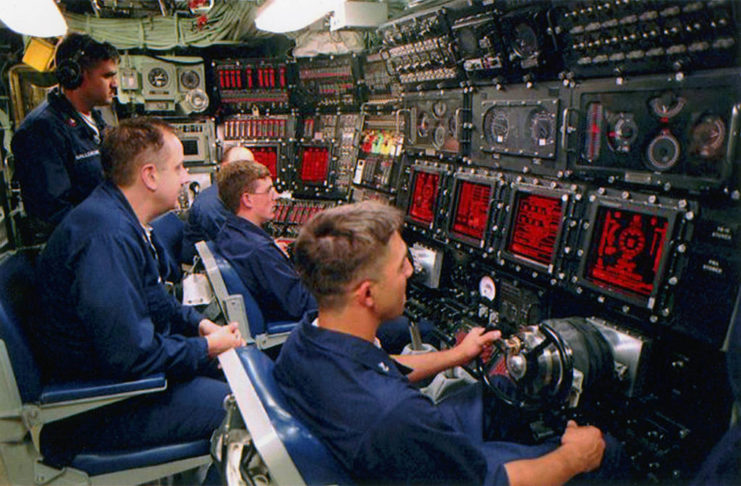
Submarines are surprisingly easy to navigate, even though whoever is driving the vessel is technically doing so “blind.” Instead of seeing a visual landscape, submarines use sonar technology to track where potential obstacles are in the water. An inertial navigation system (INS) measures the vessel’s motion and constantly updates its position.
Radio or GPS signals are unable to penetrate the water, which hinders navigation, but ensures the vessel remains “invisible” to potential enemies. The INS uses measurements provided by accelerometers and gyroscopes to track the position of an object in relation to how far away it is or how fast it’s moving.
Perhaps the most iconic instrument onboard a submarine is the periscope. This device allows crew members to get a glimpse of what’s happening above the water’s surface, while still remaining hidden beneath the waves. Some periscopes can be as long as 60 feet!
Has much has changed over the years?
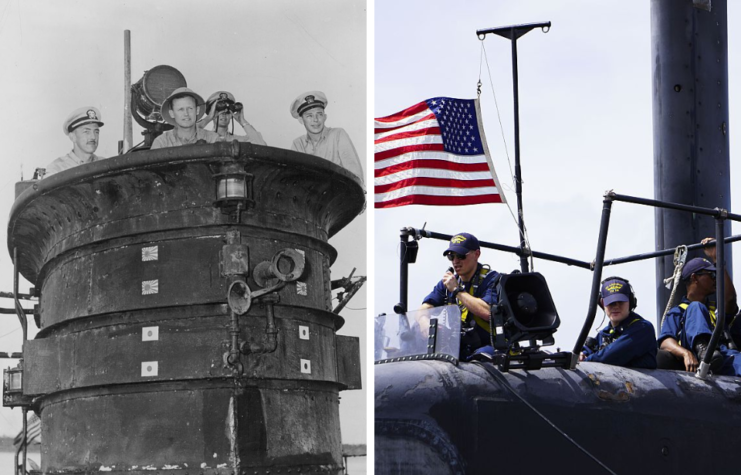
Looking back at older submarines and comparing them to today, it’s surprising how similar modern ones are to their ancestors, especially those deployed during World War I and II. While they were slower and couldn’t stay submerged for as long as those around today, they provided much-needed support and reconnaissance when at sea.
Are you a fan of all things ships and submarines? If so, subscribe to our Daily Warships newsletter!
The greatest post-war advancement in submarine technology was the advent of the nuclear submarine in 1954. Unlike their ancestors, which ran on diesel fuel, these nuclear-powered vessels were the first to become “true submarines,” as their technology allowed them to operate underwater for indefinite periods of time.
